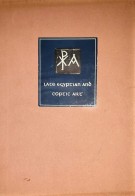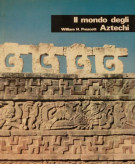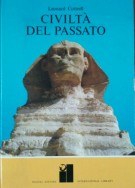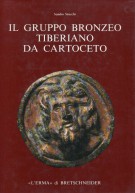Late Egyptian and Coptic art an Introduction to the Collections in the Brooklyn Museum
| Autore/i | Brooklin Institute of Arts and Sciences | ||
| Editore | Brooklyn Museum | Luogo | New York |
| Anno | 1943 | Pagine | 22 |
| Dimensioni | 21x29 (cm) | Illustrazioni | 54 ill. b/n f.t. - b/w ills. |
| Legatura | brossura - paperback | Conservazione | Usato ottime condizioni - used very good |
| Lingua | Inglese - English text | Peso | 500 (gr) |
| ISBN | N/D - N/A | EAN-13 | N/D - N/A |
momentaneamente non disponibile
From the Introduction:
"The history of the late Egyptian and Coptic art covers the long period from about 300 BC to the middle of the seventh century after Christ. For our purpose the period may be divided into two groups, the first extending from 300 BC to the beginning of the fourth century after Christ. It is usually called the Graeco-Roman period. The other, and artistically much the more important period, extends from the early fourth century to the time of the Arab conquest of Egypt in the middle of the seventh century.
This is the Coptic period, the time when Egypt was a Christian nation. The Graeco-Roman age commenced with the conquest of Egypt by Alexander the Great, who was soon succeeded by one of his Greek generals, Ptolemy, the founder of the Ptolemaic Dynasty (323-30 BC). The days of Egypt's greatness as a dependent nation were over, and she was in her dotage.
The Greek kings tolerated the ancient religion and made an outward show of observing native customs, but their education and instincts were Greek, and inevitably a veneer of Greek culture was spread over the entire land."
Index
Foreword
Introduction
Notes to the plates
Plates
Note alle condizioni del volume
Usato ottime condizioni, lievi segni del tempo. (T-CA)
Potrebbero interessarti anche...





